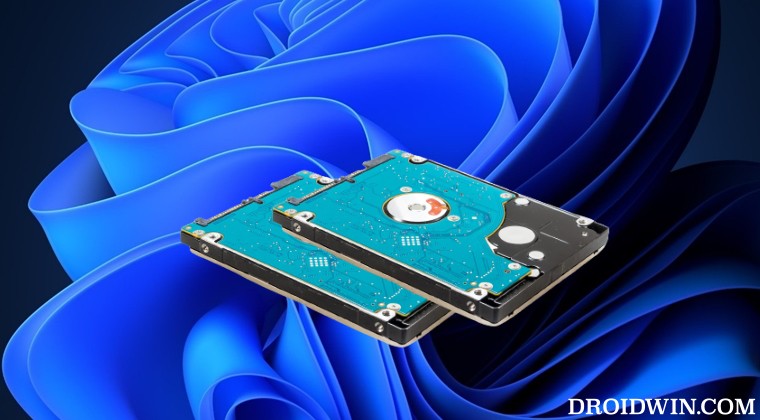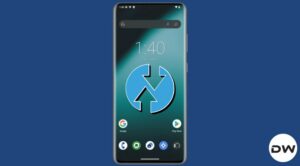In this guide, we will show you the steps to fix the issue wherein the Window Installation on a new drive still requires an old drive. So recently a user asked a rather intriguing question wherein he stated that he had two SSDs installed on this PC, out of which he installed the OS on the latter one. However, upon every restart, the PC still asks him to select a disk drive. To get out of this fiasco, he even formatted his SSD but the issue was still there.
Then he removed that SSD altogether which obviously resulted in the PC’s inability to boot. Moroever, that SSD wasn’t even shown in the BIOS boot menu. So why is that happening? Well, this is because if you have two drives installed when installing Windows, then the OS tends to put the boot partition on the other drive, without even asking or notifying you of the same.
That is the reason why it is generally recommended to only have a single physical disk drive connected to your PC while installing the OS. However, in our case, the user had already proceeded ahead with the installation while having both drives connected. So is there a way out in such cases? Well, there does exist a method that should help you fix the issue of the Window Installation on a new drive still requiring an old drive. So without further ado, let’s check it out.
Fix Window Installation on the new drive still requires an old drive

In our case, the Volume C: Drive [Primary Disk Drive] where the OS is installed is Disk 1. The secondary drive is E: Drive, Disk 0 Partition 1. Moreover, the EFI System partition is in Disk 0 Partition 1. Furthermore, we will create a new EFI Partition and allocate is 500MB and then delete the old EFI partition. This newly created EFI partition will be assigned the alphabet H.
Make sure you get hold of these values for your drive via Disk Management. So with that in mind, let’s get started. Droidwin and its members wouldn’t be held responsible in case of a thermonuclear war, your alarm doesn’t wake you up, or if anything happens to your device and data by performing the below steps.
- First off, launch Command Prompt as an administrator.
- Then execute the following commands, one after the other:
diskpart list disk select disk 1 list partition select partition 1 shrink desired=500 create partition efi format fs=fat32 quick assign letter=H exit bcdboot C:\windows /s H:
- You should now get “Boot files created successfully”.
- Now shut down your PC and disconnect your secondary drive.
- Then boot your PC to BIOS and change the boot order so that it boots from the primary drive.
- Your PC should now boot to the OS. Once that happens, connect your secondary drive.
- Let’s now delete the old bootloader partition from it (EFI System partition).
- So execute the following commands [to recall, the secondary drive is E: Drive, Disk 0 Partition 1]
diskpart list disk select disk 0 list partition select partition 1 delete partition override
That’s it. This should fix the issue wherein the Window Installation on a new drive still requires an old drive. If you have any queries concerning the aforementioned steps, do let us know in the comments. We will get back to you with a solution at the earliest.







